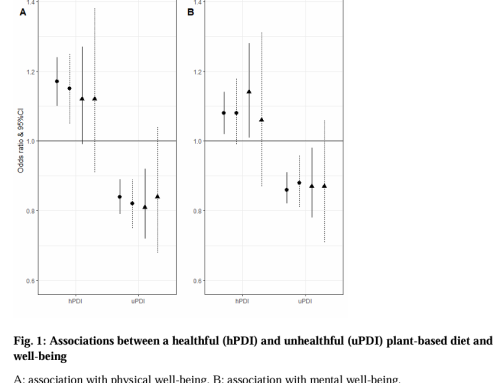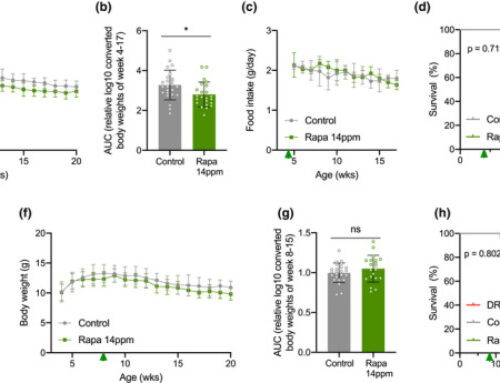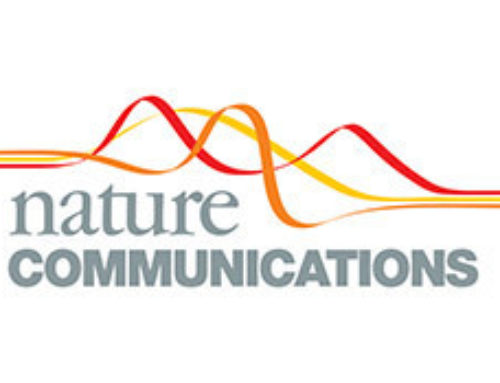J Cachexia Sarcopenia Muscle | December 2016 |
Abstract
BACKGROUND: The skeletal muscle system plays an important role in the independence of older adults. In this study we examine differences in the skeletal muscle transcriptome between healthy young and older subjects and (pre-)frail older adults. Additionally, we examine the effect of resistance-type exercise training on the muscle transcriptome in healthy older subjects and (pre-)frail older adults.
METHODS: Baseline transcriptome profiles were measured in muscle biopsies collected from 53 young, 73 healthy older subjects, and 61 frail older subjects. Follow-up samples from these frail older subjects (31 samples) and healthy older subjects (41 samples) were collected after 6 months of progressive resistance-type exercise training. Frail older subjects trained twice per week and the healthy older subjects trained three times per week.
RESULTS: At baseline genes related to mitochondrial function and energy metabolism were differentially expressed between older and young subjects, as well as between healthy and frail older subjects. Three hundred seven genes were differentially expressed after training in both groups. Training affected expression levels of genes related to extracellular matrix, glucose metabolism ,and vascularization. Expression of genes that were modulated by exercise training was indicative of muscle strength at baseline. Genes that strongly correlated with strength belonged to the protocadherin gamma gene cluster (r = -0.73).
CONCLUSIONS: Our data suggest significant remaining plasticity of ageing skeletal muscle to adapt to resistance-type exercise training. Some age-related changes in skeletal muscle gene expression appear to be partially reversed by prolonged resistance-type exercise training. The protocadherin gamma gene cluster may be related to muscle denervation and re-innervation in ageing muscle.
Auteurs: Hangelbroek RW1, Fazelzadeh P1, Tieland M1, Boekschoten MV1, Hooiveld GJ1, van Duynhoven JP2, Timmons JA3, Verdijk LB4, de Groot LC1, van Loon LJ4, Müller M5.
Affiliates: 1Top Institute Food and Nutrition,Wageningen,the Netherlands; Division of Human Nutrition,Wageningen University,Wageningen,the Netherlands.2Laboratory of BiophysicsWageningen University, Wageningen,the Netherlands; Netherlands Metabolomics Centre, Leidenthe Netherlands.3King’s College London,LondonUK; XRgenomics Ltd.LondonUK.4Top Institute Food and Nutrition,Wageningen,the Netherlands; Department of Human Movement Sciences, NUTRIM School of Nutrition and Translational Research in Metabolism Maastricht University, Maastricht, the Netherlands.5Top Institute Food and Nutrition, Wageningen, the Netherlands; Division of Human Nutrition, Wageningen University, Wageningen, the Netherlands; Norwich Medical School University of East Anglia, Norwich, UK.
Link to article







